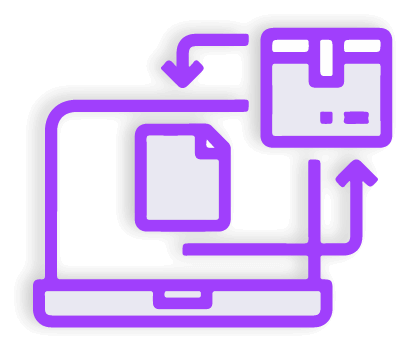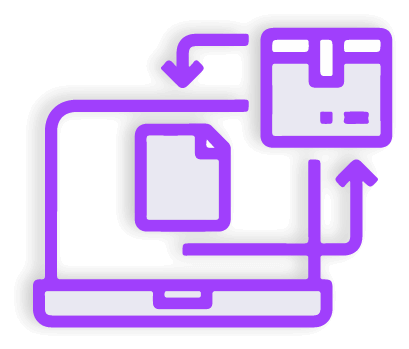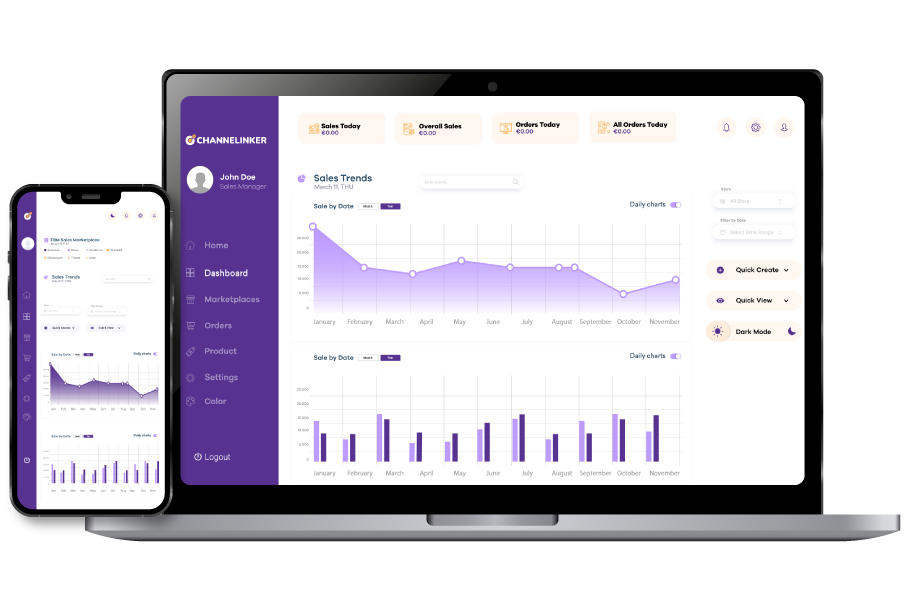Website performance, reliability, and rapid feature deployment are crucial for success. CI/CD (Continuous Integration/Continuous Delivery) practices have emerged as essential methodologies for e-commerce businesses looking to maintain agility while ensuring stability. This guide explains how implementing CI/CD can transform your ecommerce operation.
What is CI/CD?
CI/CD is a set of practices and principles that enable development teams to deliver code changes more frequently and reliably. It automates the steps between writing code and deploying it to production environments, allowing ecommerce businesses to update their websites with minimal risk and maximum efficiency.
For ecommerce websites, CI/CD means:
- Faster deployment of new features and products
- Reduced risk of site outages during updates
- More reliable checkout processes
- Consistent user experiences across devices
- Quicker response to market changes or customer feedback
When implemented properly, CI/CD transforms the traditional development cycle from infrequent, high-risk deployments to a consistent flow of smaller, safer updates.
Continuous Integration vs. Continuous Delivery vs. Continuous Deployment
Though often grouped together, these three concepts represent different stages in the software delivery process:
Continuous Integration (CI) focuses on the regular merging of code changes back into a shared repository. For ecommerce sites, this means:
- Developers integrate new features (product filters, checkout improvements, etc.) several times daily
- Automated testing verifies these changes don’t break existing functionality
- Build systems confirm the site still works properly after each integration
Continuous Delivery (CD) extends CI by ensuring that code is always in a deployable state. In ecommerce:
- New features are packaged and ready for deployment at any time
- Deployment to production remains a manual decision
- Teams can respond quickly to business needs (sales events, promotions, etc.)
Continuous Deployment takes automation a step further by automatically deploying every change that passes all verification stages to production. For ecommerce:
- New features go live immediately after passing tests
- Customer-facing improvements appear without delay
- Bug fixes reach production environments without manual intervention
Most ecommerce businesses implement CI with continuous delivery rather than continuous deployment, maintaining a final human approval step before changes reach customers.
CI/CD vs. DevOps
While related, CI/CD and DevOps aren’t identical:
CI/CD is a specific set of technical practices focused on automating software delivery.
DevOps is a broader cultural and organizational approach that brings development and operations teams together, emphasizing communication and shared responsibility.
For ecommerce businesses:
- CI/CD provides the technical framework for rapid, reliable website updates
- DevOps provides the cultural foundation that makes CI/CD successful
Think of CI/CD as a crucial tool within the larger DevOps philosophy. Ecommerce operations benefit most when both are implemented together, creating both the technical capability and organizational mindset needed for continuous improvement.
What is IaC?
Infrastructure as Code (IaC) is a fundamental practice that complements CI/CD for ecommerce websites. IaC manages infrastructure (servers, networks, databases) using code and automation rather than manual processes.
For ecommerce operations, IaC offers significant advantages:
- Consistency: Your staging, testing, and production environments remain identical
- Scalability: Easily scale resources up during high-traffic periods (like Black Friday)
- Disaster Recovery: Quickly rebuild your entire infrastructure if needed
- Version Control: Track changes to your infrastructure just like code changes
Popular IaC tools for ecommerce include Terraform, AWS CloudFormation, and Ansible. These tools allow you to define your entire ecommerce infrastructure in code—from web servers to database configurations to CDN settings.
When combined with CI/CD, IaC enables “environment parity,” ensuring that code that works in testing will perform reliably in production.
Benefits of CI/CD for Ecommerce
Implementing CI/CD offers numerous advantages specifically for ecommerce operations:
1. Improved Site Reliability
- Automated testing catches potential issues before they impact customers
- Smaller, more frequent deployments reduce risk compared to large, infrequent updates
- Monitoring and rollback capabilities minimize downtime
2. Faster Time-to-Market
- New products can be added and displayed more quickly
- Promotional features can be deployed to coincide with marketing campaigns
- Seasonal store updates can be implemented efficiently
3. Enhanced Customer Experience
- Bug fixes reach production faster, improving user experience
- A/B testing becomes more manageable through automated deployments
- Site performance improvements can be continuously implemented
4. Cost Efficiency
- Automated testing reduces manual QA costs
- Development resources focus on building features rather than managing deployments
- Infrastructure scaling becomes more precise, optimizing hosting costs
5. Competitive Advantage
- Ability to respond quickly to market trends
- Faster implementation of customer feedback
- More agile adaptation to changing consumer behaviors
For ecommerce businesses operating in competitive markets, these benefits translate directly to improved conversion rates, higher average order values, and increased customer loyalty.
CI/CD FAQ
What is a CI/CD Pipeline?
A CI/CD pipeline is an automated sequence of steps that code changes go through from development to production. For ecommerce websites, a typical pipeline includes:
- Code Commit: A developer pushes code with a new feature or fix
- Automated Building: The system compiles code and builds the application
- Automated Testing: Various tests verify functionality, performance, and security
- Staging Deployment: Changes are deployed to a production-like environment
- User Acceptance Testing: Business stakeholders verify the changes
- Production Deployment: Changes go live on the customer-facing site
Each step provides feedback, and the process stops if any step fails. This ensures only quality code reaches customers.
What is an Example of CI/CD?
A practical ecommerce example: Imagine your team needs to add a new payment method to your checkout process.
With CI/CD:
- Developers write code for the new payment method
- Upon commit, automated tests verify the new code doesn’t break existing payment flows
- The system automatically deploys to staging where the team can test the new payment method
- After approval, the change is deployed to production during low-traffic hours
- Monitoring confirms the update is working correctly
- If issues arise, automated rollback restores the previous version
This entire process might take hours instead of days or weeks with traditional approaches.
What is the Meaning of CI/CD?
Beyond its technical definition, CI/CD represents a philosophy of continuous improvement for ecommerce businesses. It embodies:
- Prioritizing small, incremental improvements over major overhauls
- Reducing risk through automation and testing
- Responding quickly to customer needs and market changes
- Building a culture of experimentation and innovation
For ecommerce operations, adopting CI/CD means embracing a mindset where the website is never “finished” but continually evolving.
How Does CI/CD Work?
CI/CD works through a combination of tools, practices, and automation:
- Version Control: Tools like Git track all code changes
- Build Automation: Systems automatically compile and package the application
- Test Automation: Various automated tests verify functionality works as expected
- Deployment Automation: Scripts and tools push changes to different environments
- Monitoring: Systems track performance and alert teams to potential issues
For ecommerce sites, these elements work together to create a smooth pipeline from development to production. When a developer implements a new feature or fixes a bug, these automated processes ensure the change is thoroughly tested before reaching customers.
The result is a more reliable, adaptable ecommerce platform that can evolve with changing customer expectations and business requirements.


